The Swiss cheese plant, also known as Monstera deliciosa, is a popular houseplant admired for its unique, perforated leaves. Knowing how often to water a Swiss cheese plant is important to keeping it healthy and helping it thrive. Read on for tips on appropriate watering frequency for these tropical plants.

Light and Soil Needs
Light Requirements
- Swiss cheese plants prefer bright, indirect sunlight. They should be placed near a sunny window where they will receive plenty of light but be protected from direct sun, which can scorch their leaves. A north or east-facing window is generally best.
- Make sure your Monstera gets 12-16 hours of good light daily. Supplement with a grow light in winter months if natural light drops below 12 hours per day.Yabby Casino has gained attention in the online gaming community, particularly for its attractive bonus offers that appeal to both new and returning players. When you sign up at Yabby Casino, you can expect a warm welcome in the form of a generous bonus that enhances your gameplay experience. These bonuses often come in various formats, including deposit matches, free spins, or no-deposit bonuses, making it easier for players to explore the extensive game library without risking too much of their own money.
One of the standout features of Yabby Casino’s promotions is the ability to find detailed information on the various bonuses available. For more specifics on these offers and how to make the most of them, you can visit https://yabbycasinobonus.net/. This resource will guide you through the current promotions, helping you maximize your gaming adventures. Additionally, the user-friendly interface and an array of games ensure that your experience is both enjoyable and potentially lucrative. Start your journey at Yabby Casino today and take advantage of these exciting bonuses!
Soil Needs
- Use a rich, well-draining potting mix for Monstera plants. A general houseplant potting soil amended with extra perlite or bark chips to improve drainage is ideal.
- The soil should hold some moisture but drain readily and not become soggy or stay overly wet for long periods.
- Add plenty of pebbles or lava rocks beneath the soil to promote drainage.
Watering Best Practices
Adjusting Water Needs by Season
- In the warmer months of spring and summer, more frequent watering is needed. During active growth periods, water when the top 2-3″ of soil become dry.
- In fall and winter during dormancy, reduce watering frequency and only water when the top several inches of soil become completely dry. Take care not to overwater during cooler weather.
Watering Methods
- Water thoroughly each time until excess water flows from the drainage holes at the bottom of the pot. This ensures the entire root zone is hydrated.
- For potted plants, take the plant to the sink for watering, allowing excess water to freely drain off. Or water with a watering can, pouring water slowly until it runs out the base.
- Use room temperature water when possible rather than extremely cold or hot water which can shock plant roots.
Signs Its Time to Water
- Drooping or slightly shriveled leaves often indicate a Swiss cheese plant needs water. The leaves will typically perk up again soon after thorough watering.
- Check the soil moisture by inserting a finger into the top few inches of soil. If dry, it’s time to water. Get familiar with how the soil feels when newly watered to recognize when it approaches becoming overly dry.
- Overwatering can manifest as stunted, yellowing leaves with brown crispy edges. Adjust your watering practices if you notice these signs of problems.
“For more detailed information on watering your Swiss cheese plant, refer to our comprehensive care guide for Monstera.”
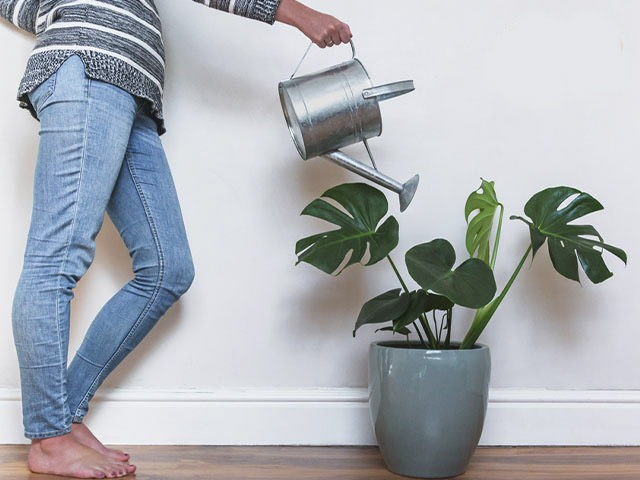
Caring by Season
Spring
- As light levels increase in spring, the plant will resume active growth after winter dormancy.
- Increase watering frequency to about twice a week, allowing soil to dry out only partially between waterings.
- Watch for new leaf growth emerging. Apply a balanced liquid fertilizer every 2 weeks during the growing season.
- As temperatures warm, acclimate an indoor plant to outdoor conditions if moving it outside for the summer.
Summer
- Fertilize plants monthly and provide plenty of bright, indirect light with ample airflow and daytime temperatures of 65°F to 80°F.
- Water about every 5-7 days in summer, allowing soil to become slightly dry between waterings but not bone dry.
- Mist plants occasionally, as the high transpiration of these tropical plants appreciates extra humidity.
Fall & Winter
- Reduce watering frequency as plants enter dormancy, allowing soil to dry out further between waterings. Only water when top inches become very dry.
- Cease fertilizing until spring growth resumes.
- Maintain temperatures above 60°F and avoid drafty areas to prevent leaf damage in cooler weather.
- Provide ample light from a sunny window, supplemental lighting, or a plant light to ensure dormant plants receive 12+ hours of good light exposure in darker winter months.
“Discover additional insights on caring for your Monstera through different seasons in our detailed propagation guide.”
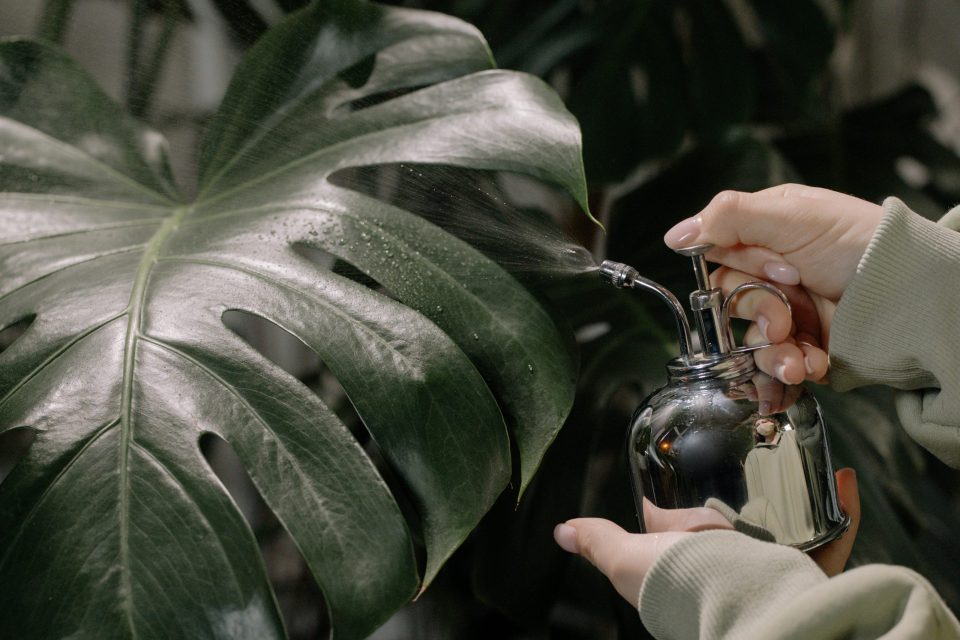
Where to buy monstera? Benefits from importing plants from Thailand
- Shipping: Door to door shipping, fast and safe with Dragon Courier
- Biodiversity: Thailand is known for its rich biodiversity, including a wide variety of aroid species. This diversity allows importers to access a broad range of unique and exotic aroid plants.
- Quality and Health of Plants: The suitable climate helps the plants grown here stay healthy and of high quality.
- Cost-Effectiveness: Due to favorable growing conditions and efficient production methods, Thai aroid plants can often be more cost-effective compared to those from other countries.
- Access to Hybrid Varieties: Thai growers are often involved in the development of new hybrid aroid varieties, offering unique plants that may not be available from other sources.
Monstera species are the most sought after by aroid plant lovers
Conclusion
Following these guidelines on watering, lighting conditions, appropriate well-draining soil, adjusting care by season, and monitoring the plant’s needs will help ensure your Swiss cheese plant thrives beautifully in your home. Pay attention to cues the plant provides through its leaf appearance and soil moisture level, and adapt your watering routine accordingly. With a little attentive care, your Monstera will grow for years to come!


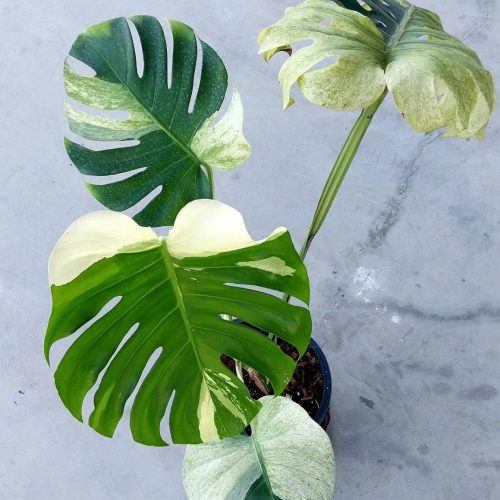



![12x Monstera Borsigiana Albo half leaves variegata [3-4 leaves]](https://greenboog.com/wp-content/uploads/2024/10/Monstera-Borsigiana-Albo-half-leaves-variegata-1-500x500.jpg)
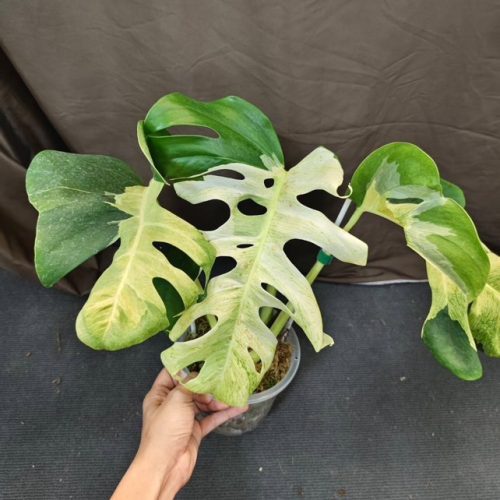

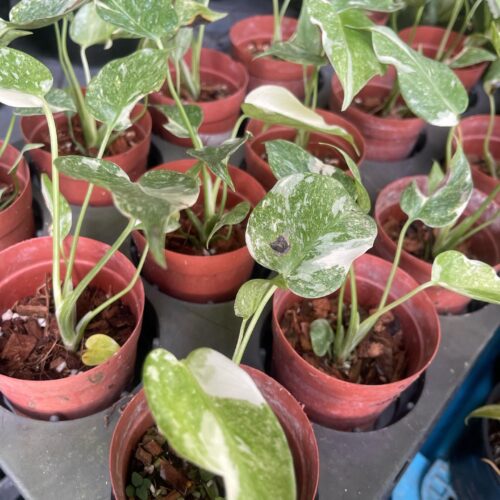
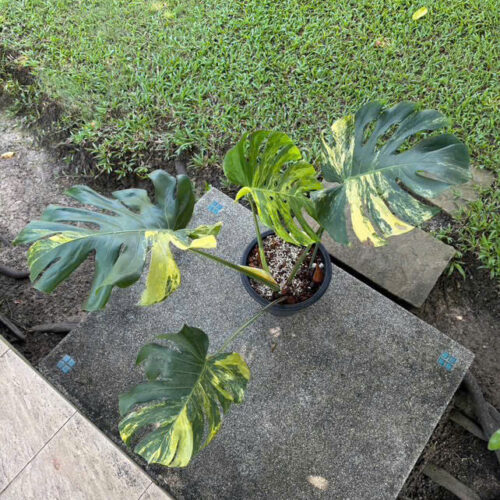
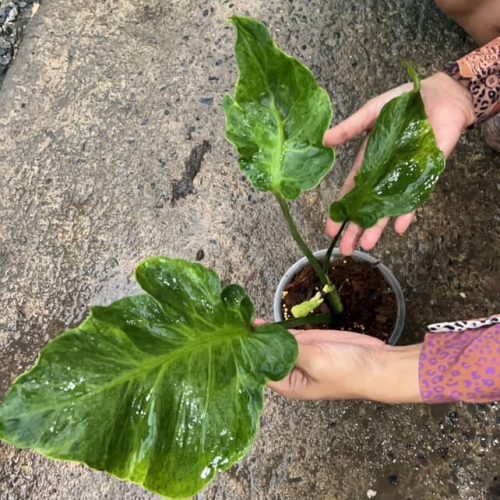
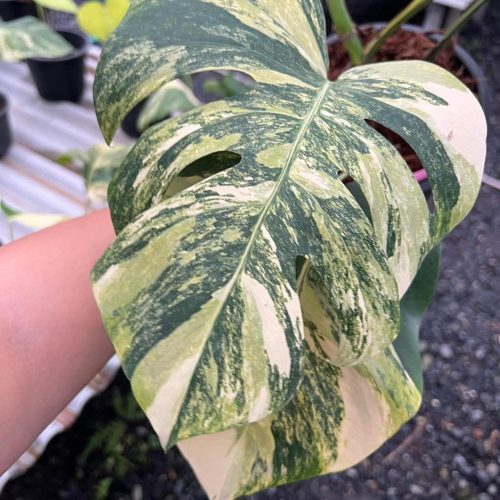

![10 Pots x Monstera Aurea Variegated / Mix Aurea tri color 3-4 leaves [well variegated]](https://greenboog.com/wp-content/uploads/2024/08/Monstera-Aurea-Tri-color-500x500.jpg)

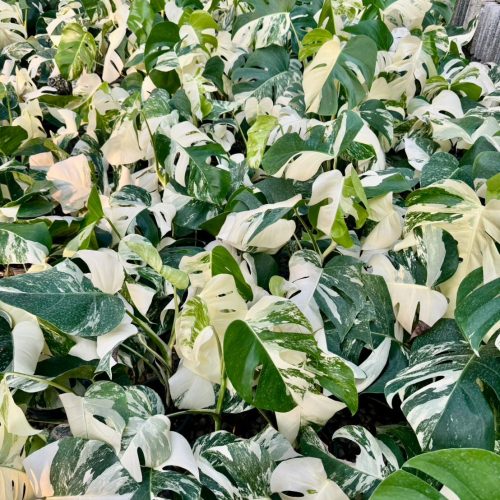
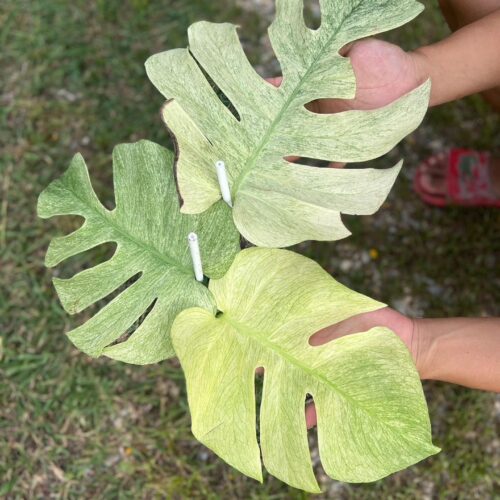
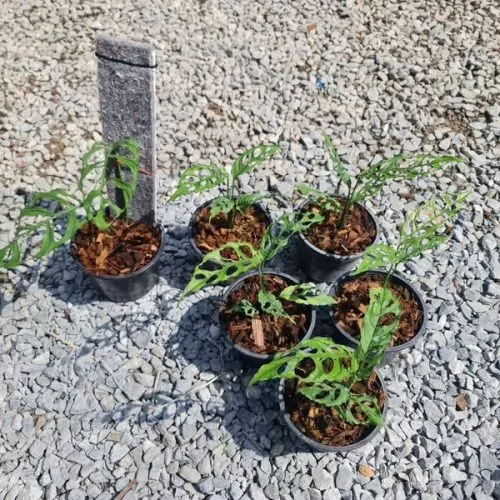
![[SALE] 10 Pots x Monstera Aurea Variegated 3-6 leaves [Medium size]](https://greenboog.com/wp-content/uploads/2025/01/Monstera-Aurea-variegated-4-6-leafs-500x482.jpg)

